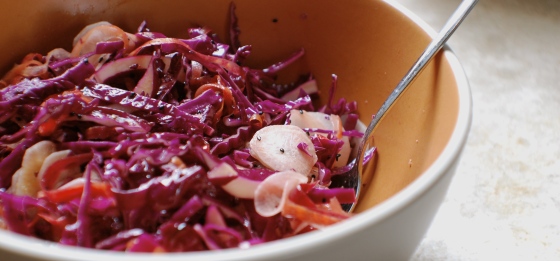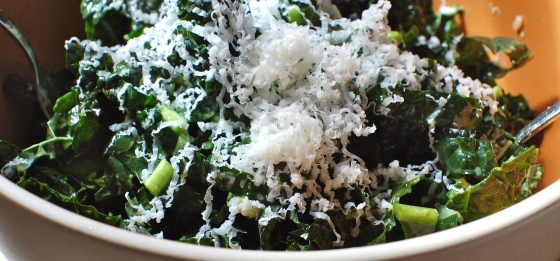I’ve wanted to do a post on beans for a while now, because they are such a wonderful healthy food that seems to appeal to even the pickiest of palettes. In our house, beans satisfy both the carnivore and the omnivores, and are a perfect hot school lunch option when paired with rice or polenta.
Over the past two years, I have slowly weaned our household away from canned foods. I came to this decision out of concern that canned foods are contaminated with a chemical called bisphenol-A (BPA for short). BPA is hormone disruptor that can interfere with normal development and function of the body. Recent tests by the Centers for Disease Control show that exposure is fairly ubiquitous, and human evidence of harm is emerging. Since canned foods are a primary source of exposure, and one that we generally have control over, reducing our family’s reliance on canned food seemed like a good strategy.
Figuring out how to efficiently make beans from scratch was key to this effort (that, and canning my own tomato sauce, which I’ll leave for another post). The great thing I discovered is that making beans at home is actually very easy; it inspires exploration of different bean varieties (we were stuck on pintos for years but tried heirloom black beans this summer that wowed us with their flavor and texture); and most importantly, it is far cheaper than canned.
The key to making this work? Don’t plan around a bean dinner to make beans. Make them anytime you’ll be around the house for at least an hour and have the capacity to stir a pot every so often. Or, better yet, rely on that slow cooker that may just be collecting dust in your small appliance cemetery. If you’ve got one, all you need is an outlet and a few hours of passive (ie no involvement from you) cooking time, no soaking required. Make lots of cooked beans and use some, then freeze the rest in small to mid-size containers. They defrost beautifully.
Stovetop Technique
Note: 1 cup of dry beans = about 3 cups cooked beans

Rinse and sort dried beans of your choice, discarding any blemished ones and stones/grit. Place in a medium-large pot and cover beans with cool water by about two inches. Soak overnight or for 8-10 hours. I usually set this up in the evening and if I don’t have time to cook the beans the following morning, I’ll place the soaked beans in the fridge until I carve out a more convenient cooking time.
Once the beans are soaked, it is time to cook. Start with a medium to large pot, depending on how many cups of beans you are preparing ( I would recommend at least 2 cups of dried beans to make it worth the time). Cover with three times their volume of fresh water. I like to add 1-2 tbsp. coarse sea salt to the cooking water, along with some aromatics.

Bay leaves, whole garlic cloves and onions are great options, especially for Mexican-style black and pinto beans. Bring beans to a rapid boil, then lower heat to a simmer and cook, partially covered, for 45 minutes to 1 hour. Check occasionally to be sure there is enough cooking water. You’ll know the beans are done when they are cooked through but not falling apart.
See below for use/storage info.
Slow Cooker Technique
This is my favorite method because no soaking is required! Wash your beans thoroughly, and place into slow cooker. Cover beans by about an inch of water, a little more is fine too. Add 1-2 tbsp. coarse sea salt. If using a fine salt, use less. You can always add more salt later but you don’t want to overdo it. Toss in the aromatics of your choice (see above) and cover. Set the timer for 3 hours. If you are home, check the slow cooker to be sure the beans are covered with enough water. If they begin to look dry, add some more. They should be ready in 3-4 hours depending on the beans.
Storage and Use
I recommend holding on to a least a can’s worth (a 14 oz. can of beans is about 1 ½ cups) in the fridge for school lunches; to serve alongside quesadillas for a quick lunch or dinner; to accompany chicken tacos; to sprinkle with nutritional yeast for a quick snack; and to make into proper vegetarian dishes of various sorts. The possibilities are endless.
Freeze the rest, and be sure to cover the beans with cooking water when freezing them. Now you have beans at your disposal anytime, after a quick defrost.
Final note: For those of you who eat beans frequently, a pressure-cooker may be a useful tool. I had to put the kibosh on further appliance purchases for our household but my vegetarian friends swear by it. Unsoaked beans can be cooked in a pressure cooker in 20-45 minutes, depending on the variety.
























